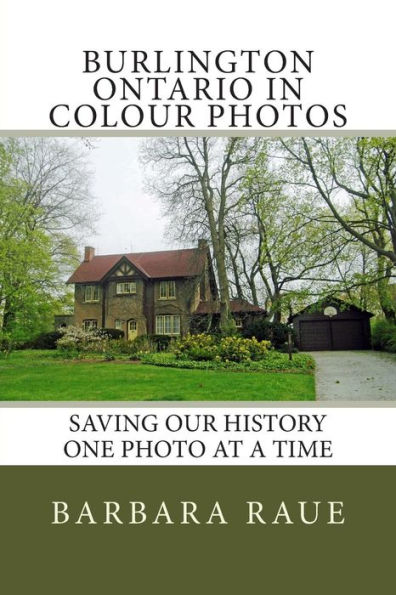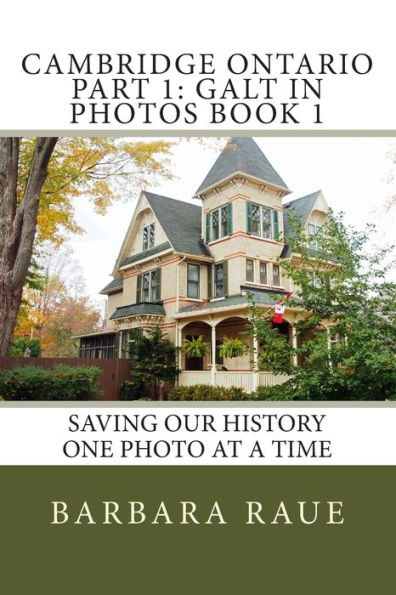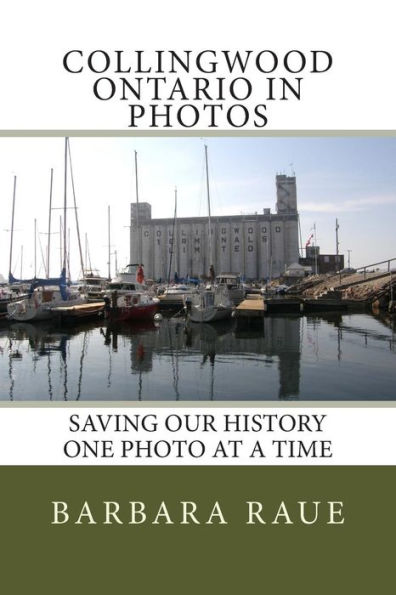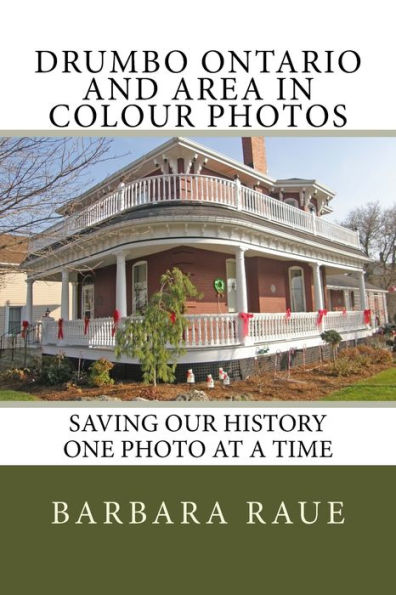Home
Port Colborne Ontario Book 1 in Colour Photos: Saving Our History One Photo at a Time
Barnes and Noble
Port Colborne Ontario Book 1 in Colour Photos: Saving Our History One Photo at a Time
Current price: $15.99


Barnes and Noble
Port Colborne Ontario Book 1 in Colour Photos: Saving Our History One Photo at a Time
Current price: $15.99
Size: OS
Loading Inventory...
*Product information may vary - to confirm product availability, pricing, shipping and return information please contact Barnes and Noble
Port Colborne is a city on Lake Erie, at the southern end of the Welland Canal. The original settlement, known as Gravelly Bay after the shallow, bedrock-floored bay upon which it sits, dates from 1832 and was renamed after Sir John Colborne, a British war hero and the Lieutenant Governor of Upper Canada at the time of the opening of the southern terminus of the First Welland Canal in 1833 when it was extended to reach Lake Erie.During the 1880s, American tourists from the southern states began building vacation homes on the lakeshore of the western edge of the town. Before long, an entire gated community of vacationers from the south called Port Colborne their home during the summer months. Today, the picturesque street of Tennessee Avenue is still home to many of these original vacation homes and buildings, as well as the original stone and wrought iron resort gates. The street boasts some immaculately maintained examples of late 19th and early 20th century Southern architecture.The Welland Canal was originally established as a solution to summer water shortages that plagued a grist mill operation near St. Catharines. William Hamilton Merritt, the mill owner, diverted water from the Welland River into Twelve Mile Creek. He wanted to make the channel deep enough to allow boats to pass through a series of locks down the escarpment into Twelve Mile Creek and on to Lake Ontario.The International Nickel Company (now Vale) has been one of the city's main employers since the opening of a refinery in 1918. Taking advantage of inexpensive hydroelectricity from generating stations at nearby Niagara Falls, the refinery produced electro-refined nickel for the war effort, and continues in operation today.Port Colborne was one of the hardest hit communities during the blizzard of 1977. Thousands of people were stranded when the city was paralyzed during the storm.Maritime commerce, including supplying goods to the camps for the laborers who worked on the first canal, ship repair and the provisioning trade, was, and still is, an important part of Port Colborne's economy. Port Colborne was a heavily industrial city throughout most of the early twentieth century. A grain elevator, two modern flour mills, a Vale nickel refinery, a cement plant and a blast furnace were major employers. Several of these operations have closed over the past thirty years, while others employ a lot less residents due to modernization and cutbacks.Port Colborne has been successful in attracting agro-business operations which process corn into products such as sweeteners and citric acid. The economy has gradually shifted towards tourism and recreation, taking advantage of the scenic beauty of the lakeshore.The Port Colborne Historical and Marine Museum, located near the centre of town, is a resource for local history and archival research. In addition to a collection of historic buildings and artifacts, it opened up the "Marie Semley Research Wing" to foster research into local history; it was named to commemorate the long-standing efforts of a local resident who devoted hours to the museum.


















